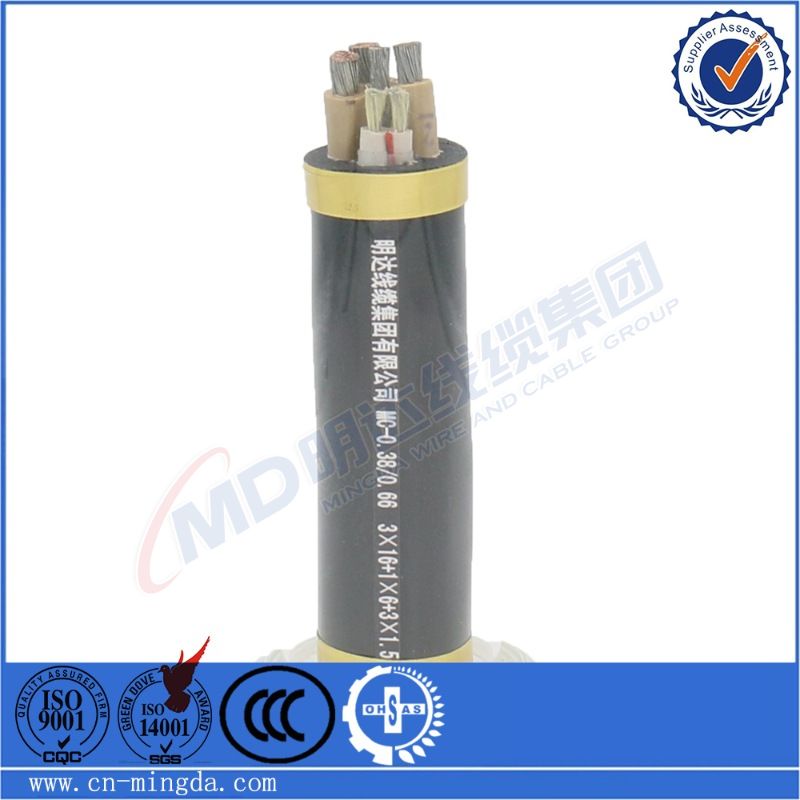ਨਵੰ. . 10, 2024 22:47 Back to list
Design and Functionality of Floating Ball Check Valve in Fluid Systems
The Floating Ball Check Valve An Essential Component for Fluid Management
In various industrial applications, fluid management is crucial for maintaining the efficiency and safety of systems. One component that plays a vital role in controlling the flow of liquids and gases is the floating ball check valve. This type of valve is essential for preventing backflow, ensuring unidirectional flow, and protecting systems from potential damage.
What is a Floating Ball Check Valve?
A floating ball check valve is a type of non-return valve that uses a spherical ball as the sealing mechanism. The design is simple yet effective. When fluid flows in the designated forward direction, the ball is lifted off its seat by the incoming pressure, allowing the fluid to pass through. Conversely, if there is any backflow or pressure reversal, the ball falls back onto its seat due to gravity, effectively sealing the valve and preventing unwanted reverse flow.
Key Features and Benefits
1. Simple Design The floating ball check valve is straightforward in its construction, typically consisting of a ball, a body, and a seat. This simplicity makes it easy to manufacture, maintain, and operate.
2. Cost-Effectiveness Because of its uncomplicated design and materials, the floating ball check valve is often more affordable than other types of check valves. This cost-effectiveness can be particularly beneficial for large-scale applications where multiple valves are needed.
3. Versatile Applications These valves can be used in various industries, including water treatment, oil and gas, chemical processing, and HVAC systems. Their versatility is a significant advantage, allowing for extensive use in different fluid handling systems.
floating ball check valve

4. Reliable Performance One of the standout features of the floating ball check valve is its reliability. By design, the ball's weight ensures it remains seated during backflow, providing a dependable barrier against reverse flow. This reliability is critical in preventing contamination and maintaining system integrity.
5. Low Maintenance Due to the absence of complex moving parts, floating ball check valves require minimal maintenance. Regular inspections are usually sufficient to ensure continued performance, making them an appealing choice for busy facilities where downtime is costly.
Installation and Considerations
Installation of a floating ball check valve is relatively straightforward, but certain factors should be taken into account to ensure optimal performance. It is vital to install the valve in the correct orientation, typically with the flow direction marked on the valve body. Additionally, the valve should be positioned in areas where backflow is a concern, such as at the discharge side of pumps and in pipelines.
When selecting a floating ball check valve, considerations such as operating pressure, fluid type, and temperature range are essential. Ensuring that the materials used in the valve construction are compatible with the fluids in question will lead to enhanced durability and reliability.
Conclusion
In conclusion, the floating ball check valve is an instrumental component in fluid management systems across various industries. Its simple design, reliable performance, and versatility make it an excellent choice for preventing backflow and ensuring efficient fluid flow. By incorporating floating ball check valves into fluid systems, industries can enhance operational efficiency, reduce risks of contamination, and ultimately ensure the longevity of their fluid handling infrastructure. As technology and industry needs continue to evolve, the floating ball check valve remains a stalwart in the toolkit of fluid management solutions.
Share
-
Reliable Wafer Type Butterfly Valves for Every IndustryNewsJul.25,2025
-
Reliable Flow Control Begins with the Right Ball Check ValveNewsJul.25,2025
-
Precision Flow Control Starts with Quality ValvesNewsJul.25,2025
-
Industrial Flow Control ReliabilityNewsJul.25,2025
-
Engineered for Efficiency Gate Valves That Power Industrial PerformanceNewsJul.25,2025
-
Empowering Infrastructure Through Quality ManufacturingNewsJul.25,2025